Free Fill Dirt: A Must for Garden Soil & Construction
By HeyHome • September 19, 2023
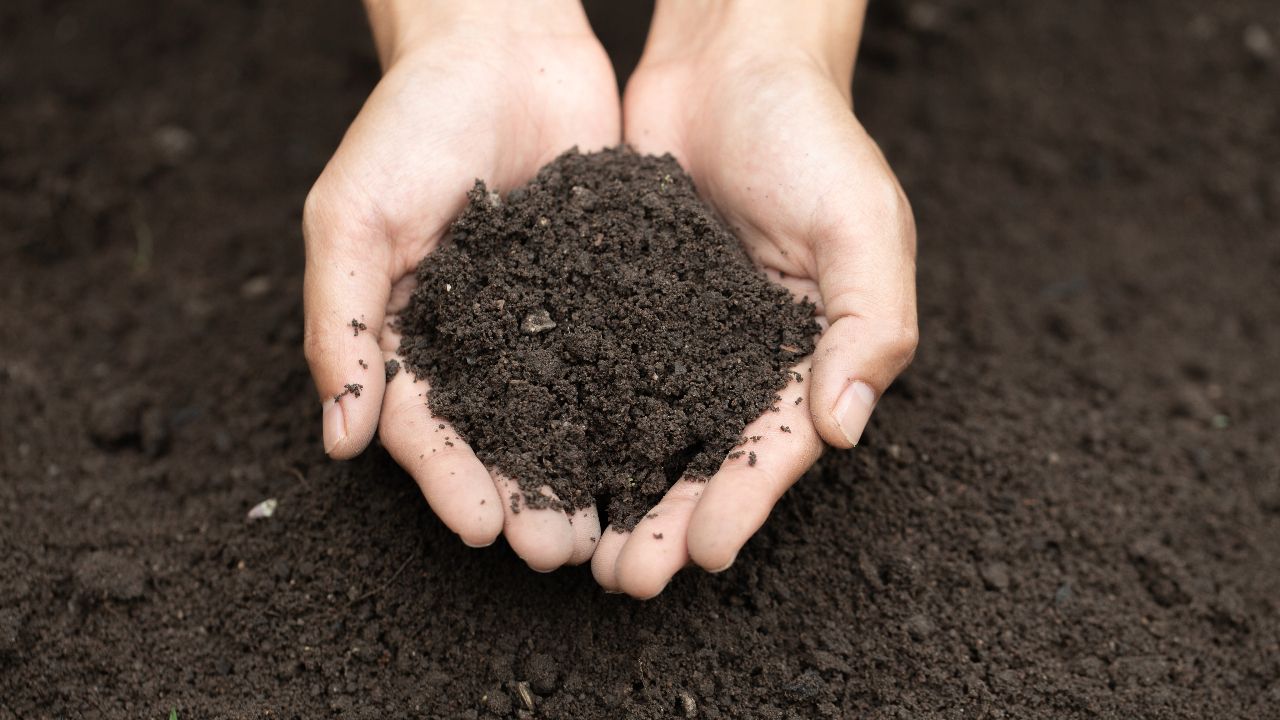
Dirt. It's a word that carries simplicity, but in the realms of gardening and construction, dirt - specifically fill dirt - takes on paramount significance. At first glance, one might mistake fill dirt for ordinary garden soil, but the distinction is crucial. While topsoil brims with organic matter, promoting plant growth in gardens, fill dirt is typically devoid of organic material, rendering it ideal for construction sites and certain landscaping projects. Gardeners and constructors use fill dirt to create mounds, fill holes, and achieve level ground, ensuring structures built don't succumb to uneven or excessive settling. Moreover, in both vegetable gardens and large-scale construction projects, this earthy material is pivotal in laying the foundation – literally and figuratively. This section unravels the fascinating world of fill dirt, its applications in garden soil and construction, and why it's so indispensable in shaping our landscape.
Join our newsletter
Stay on top of the latest in landscaping and lawn care with one valuable tip right in your inbox every Saturday morning.
What is Fill Dirt? A Deep Dive
When embarking on a construction project or even a simple garden endeavor, one of the primary materials sought after is dirt. But not just any dirt - we're talking about fill dirt. Dive beneath the surface, and you'll uncover an intricate blend of components that make up this essential material.
Primarily, fill dirt is a cocktail of rock, sand, and shale. These ingredients ensure that it's free from organic matter that might otherwise lead to decomposition, shifting, and the dreaded uneven or excessive settling. But where does this special blend come from? The origins of fill dirt in construction can be traced back to the initial stages of a project. As the ground is prepped, topsoil is carefully peeled away, and as foundations are excavated, the unearthed material often becomes the fill dirt used elsewhere.
Yet, with its gritty composition and lack of organic material, fill dirt isn't your go-to choice when dreaming of lush gardens and thriving plants. For those green-thumbed endeavors, gardeners might look elsewhere. But for creating a sturdy base or filling unwanted gaps in the landscape, fill dirt stands unparalleled.
So, as you stand on the precipice of your next project, whether you're laying the groundwork for a building or sculpting the earth to your liking, understanding the nature and nuances of fill dirt becomes not just helpful but essential. Dive in with us as we unearth the world of fill dirt, its applications, and the magic it brings to the table.
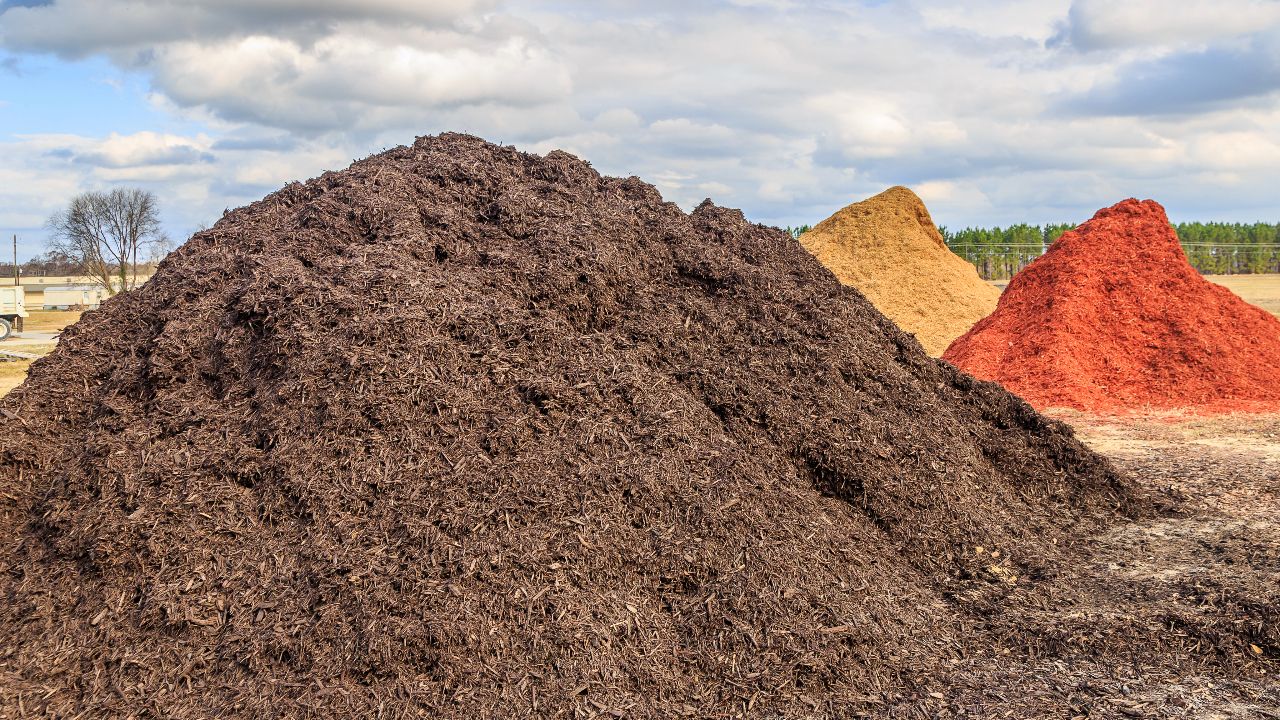
Benefits of Using Fill Dirt
In the vast world of construction and landscaping, the term 'dirt' might seem too ordinary to warrant attention. Yet, delve a little deeper, and you'll uncover the undeniable benefits of a specific type: fill dirt. This seemingly mundane material emerges as a champion when it comes to value, versatility, and viability in various projects.
First and foremost, let's talk cost-effectiveness. When comparing fill dirt vs. topsoil, the former often emerges as a more budget-friendly option. Topsoil, rich with organic matter and nutrients, might be the gold standard for planting, but its premium nature comes with a matching price tag. Fill dirt, on the other hand, provides a substantial, durable, and more affordable solution for a myriad of applications.
One of the standout roles of fill dirt lies in its ability to combat issues like uneven or excessive settling. Anyone who's faced the challenge of a sinking yard or driveway knows the headaches it can bring. Enter fill dirt. With its lack of organic matter that can decompose over time, it offers a stable and enduring fix.
Lastly, let's shine a light on its unsung hero capability: drainage. Thanks to its rockiness, fill dirt ensures efficient water flow, preventing unwanted puddles and potential flooding. The rocks and sand within it act as a natural filtration system, channeling water seamlessly and effectively.
In essence, fill dirt is more than just 'dirt'. It's a powerhouse material that offers cost savings, stability, and efficient drainage. So, before you embark on your next project, consider the myriad benefits fill dirt can bring to the table.
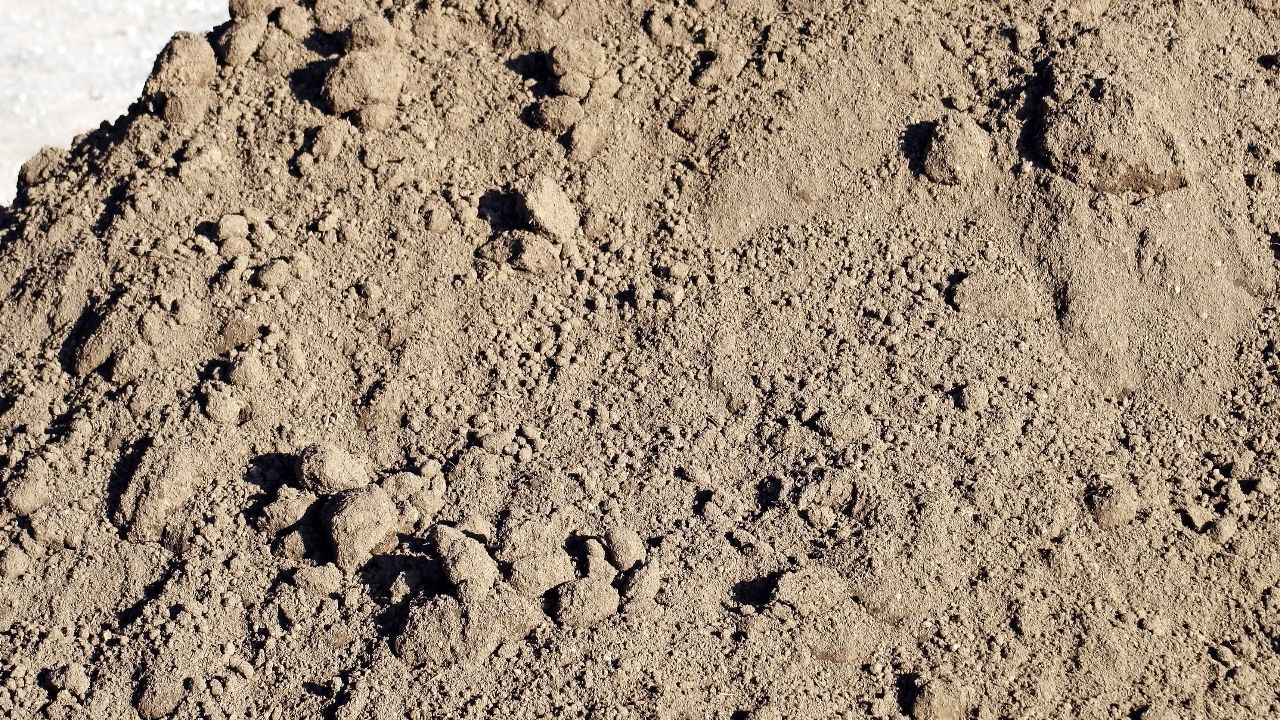
The Difference between Fill Dirt and Garden Soil (Topsoil)
In the realms of landscaping and construction, two prominent materials often get interchanged, yet they serve distinct purposes: fill dirt and garden soil (topsoil). While both play pivotal roles in shaping our outdoor spaces, understanding their nuances is crucial for successful projects.
At a glance, fill dirt is primarily composed of broken down rocks, sand, and clay. Devoid of organic material, this earthen material ensures stability, especially in construction sites and for filling holes. Its consistent texture, free from organic matter, prevents uneven or excessive settling over time. Often excavated from below the topsoil layer, it's the go-to choice for foundational works, like building foundations and retaining walls.
On the other hand, garden soil or topsoil is the uppermost layer of earth teeming with organic matter and nutrients essential for plant growth. Rich and dark, it's the preferred medium to make plants thrive, be it in vegetable gardens, planting beds, or lawns. This nutrient-dense layer fosters roots and provides the nourishment required for plants to flourish.
Join our newsletter
Stay ahead of the curve in all things outdoor.
Get the inside scoop on the latest landscaping, lawn care, and fencing trends with 1 actionable tip every Saturday morning.
So, when to use which? Fill dirt comes to the rescue in creating mounds, leveling uneven grounds, and laying the groundwork on construction sites, especially for low-lying construction sites that need elevation. In contrast, topsoil is reserved for planting and landscaping projects, enriching gardens and lawns.
Depth is pivotal when working with topsoil. For lawns, a 4-6 inch depth suffices, while vegetable gardens and planting beds might require 8-12 inches for optimum plant growth.
In sum, while both fill dirt and topsoil are indispensable, recognizing their specific roles ensures the right material for the right job, ensuring cost-effectiveness and successful project outcomes.
Creative Uses of Fill Dirt
Often underestimated, fill dirt is not just about filling holes or evening out construction sites. With a little innovation, it becomes a versatile canvas ready to elevate your landscaping and gardening projects.
Think beyond the basics by combining fill dirt with other materials. For instance, integrating gravel can impart interesting textures, aiding in drainage and creating more interesting landscapes. A mixture with sand can provide a balanced foundation, ideal for certain plants and outdoor setups. Such combinations not only augment the physical properties of fill dirt but also open doors to a range of creative applications.
Now, imagine turning fill dirt into a near-topsoil quality? The art of amending fill dirt is about enriching its texture and nutrient content. By adding organic matter and compost, you essentially mimic the fertile characteristics of topsoil. This transformation allows for a wider spectrum of plant growth possibilities, giving life to areas previously deemed barren.
However, before diving into amendments, it's essential to test your fill dirt. Assessing its nutrient levels and pH can guide your additions, ensuring you address specific deficiencies. This proactive approach guarantees a thriving garden, making the most of an otherwise underrated material.
So, next time you encounter fill dirt, see it as an opportunity—a blank slate ripe for creative exploration.
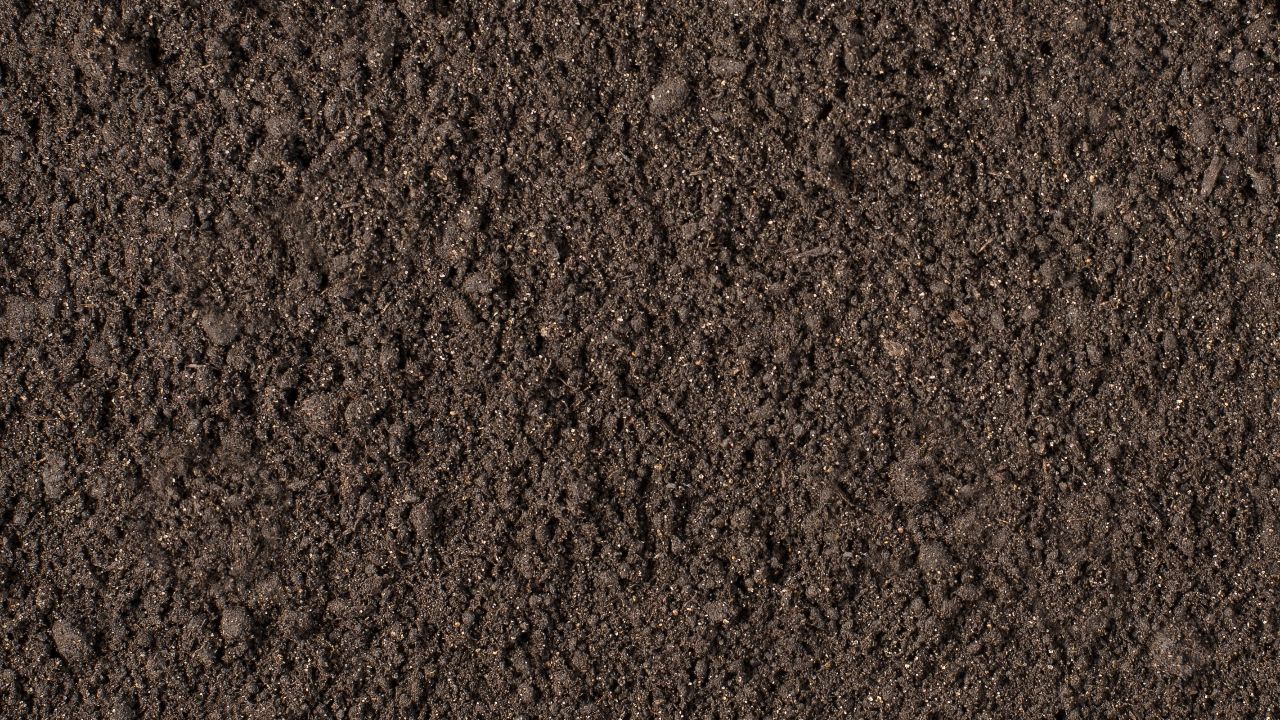
Obtaining Free Fill Dirt: An Insider’s Guide
Fill dirt is a seemingly omnipresent resource, but sourcing it can often come at a significant cost, especially when undertaking large-scale projects. While the idea of purchasing vast amounts of this earthy material might unsettle your budget, fear not! There are avenues to obtain free fill dirt, and with the right insight, you can navigate these channels with ease.
First, let's address the elephant in the room: why does fill dirt carry a price tag? The costs often aren't just about the dirt itself but factors like delivery, processing, and quality checks, which can quickly add up.
Now, for the good stuff: where to get free fill dirt? A treasure trove often lies in construction sites. As they peel away the topsoil to lay foundations, mounds of unwanted dirt await. Connect with site managers or contractors—they're likely searching for ways to offload excess material, saving both time and disposal costs.
However, a word of caution. Before you rev up the truck and haul away your newfound bounty, there are key considerations. Ensure the dirt is free from contaminants and suitable for your intended purpose. If sourced from urban construction sites, it might carry traces of pollutants or unwanted debris. Always inspect before accepting.
In essence, with a discerning eye and the right contacts, your next garden or landscaping project could benefit greatly without breaking the bank. Dive into the world of free fill dirt, but tread wisely—this path, like any, requires due diligence.
Avoiding the Pitfalls: Sources to Steer Clear of
In the quest for fill dirt, especially the allure of free fill dirt, it's vital to be discerning. Not all sources are created equal, and some might even jeopardize your landscaping or construction projects. Acquiring dirt from potentially contaminated sources—like certain construction sites—can introduce harmful substances to your garden or lawn.
Be wary of dubious sources offering fill material. Remember, if a deal seems too good to be true, it probably is. Your plants need to thrive, not suffer from pollutants or harmful organic material. A crucial step? Soil testing. Before using any earthy material, especially from an unknown source, test it. Ensuring the quality and safety of the fill not only safeguards plant growth but also maintains the integrity of any structures built.
Whether filling holes, leveling a yard, or laying a foundation, always prioritize quality over cost. The risks of cutting corners can have long-term consequences—be informed and tread carefully.
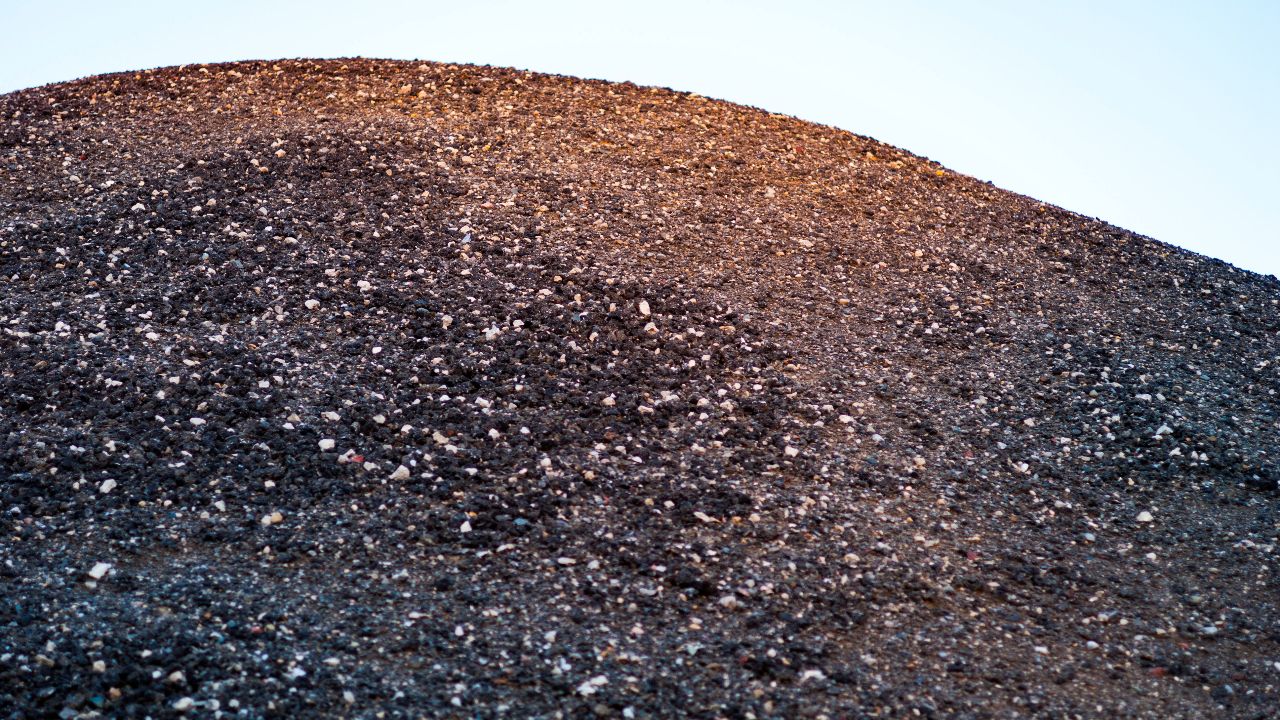
Making the Right Choice for Your Garden and Construction Needs
When it comes to the world of garden soil and construction, the distinction between fill dirt and topsoil is paramount. Each boasts its unique attributes and applications, making it indispensable in its right. While fill dirt stands out for its role in construction projects and cost-effectiveness, topsoil remains the hero for plant growth due to its nutrient-rich composition. An astute understanding of when to use each type can spell the difference between a flourishing garden and a failed construction project. With the knowledge armed in this guide, you're now better equipped to make informed decisions, ensuring optimal results for your endeavors.
Join our newsletter
Stay ahead of the curve in all things outdoor.
Get the inside scoop on the latest landscaping, lawn care, and fencing trends with 1 actionable tip every Saturday morning.